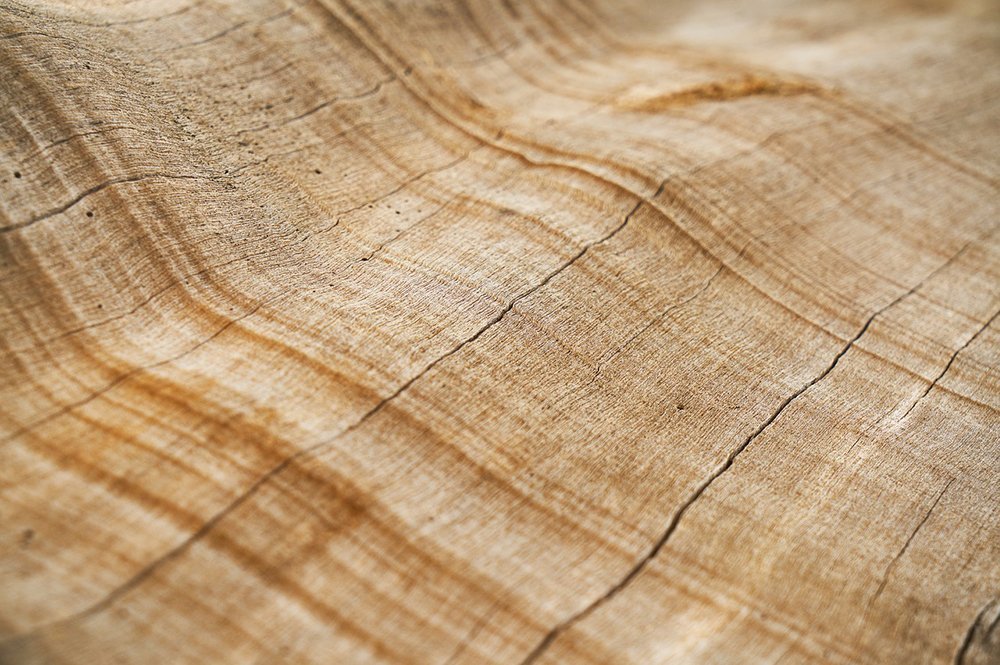The means of expression in architecture lies in materiality. The material is a relative term in architecture used to identify virtual elements including photographs, images, and text, or other natural material. They may also be a combination of both virtual and natural materials. An excellent example of this is specific veneers composed of images printed on plastic. Hence, virtual elements cannot exist without a natural physical substrate. What separates one from another is the perception in addition to a process of representation used to produce them. We do not confine materiality in architecture to theoretical positions such as images, texts, or other representative objects. It can also allude to the full range of materials needed for a specific project. Meetings on the materiality of architecture are typically associated with the structural and aesthetic factors surrounding architectural design. These issues usually differ from project to project.
 Burj Al Arab, Dubai
Burj Al Arab, Dubai
Materials work alongside structure to create the form in buildings, making them an indispensable precondition in the construction of an architectural establishment. From the time it is obtained to when it is applied, the material will adhere to three main procedures. The first is the selection of appropriate materials which is generally determined by the function of the future building and the possibilities this natural material can offer. Second, it involves the shaping of materials depending on its properties and how the architect intends to express his art. Lastly, come the matching and assembling of materials. Here, the articles are organized by the state of technological development available at a given period and by its application and the expected results. This approach towards materiality in architecture can pave the way to an innovative use of materials in the design profession. By borrowing material qualities and properties including texture, elasticity, transparency, and fluidity as a point of departure, the idea perpetuated in this case goes beyond the traditional parameters of building materials. Here, the attention is on a multitude of material operations such as folding and bending, carving and cutting, weaving and knitting, mirroring, and screening.
It is the job of architects to shape the natural material. In the age of mass production, this kind of work may be founded on scientific knowledge only. However, ancient architects did not have the luxury of holding such theoretical qualifications. They were instead equipped with an experience like materials since they worked directly with them. The old masters were knowledgeable about how they use natural stone; the hidden properties of basalt and those of granite as well as the maximum weight a steel structure could carry. These people kneaded, touched, carved, chiseled, and cast the material with their bare hands and grew familiar with the characteristics of each element by collecting empirical data on its natural behavior. Architects today are similarly tasked with researching the possibilities that the texture and color of materials like concrete, steel, and ceramic can offer. It goes beyond merely knowing the specific weight and thermal properties but also how they differ regarding factors like touch and feel. Having a good knowledge of materials can facilitate an architect in deciding upon one or another of them in their structural development and in establishing a connection between various elements.
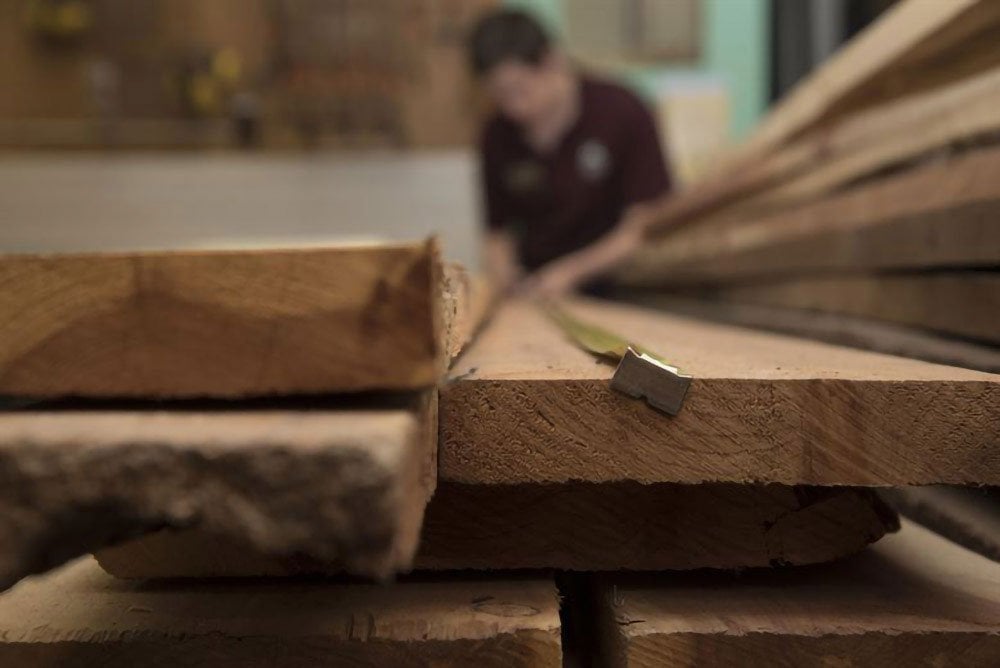 Checking of wood plank measurements
Checking of wood plank measurements
In the course of a given task, we categorize material into compositional units depending on their defined features which include their structure, formal system, and color. It is thus essential that modern architects can distinguish a material’s natural properties and quality forms by experience. Industrial companies yield a great variety of building materials. More often than not, architects confine themselves to selecting the materials to be used simply from catalogs and color charts. This decision can be made more accessible if one is privy to the structural and shaping possibilities posed by each material. The principle of materiality must persist in the quality of the latest architectural products. With the spread of civilization and advancement in mechanical culture, it is also natural for people to expect higher values to be integrated into the qualified material. And the product that they create, both of which are the prerequisites to being of high quality.
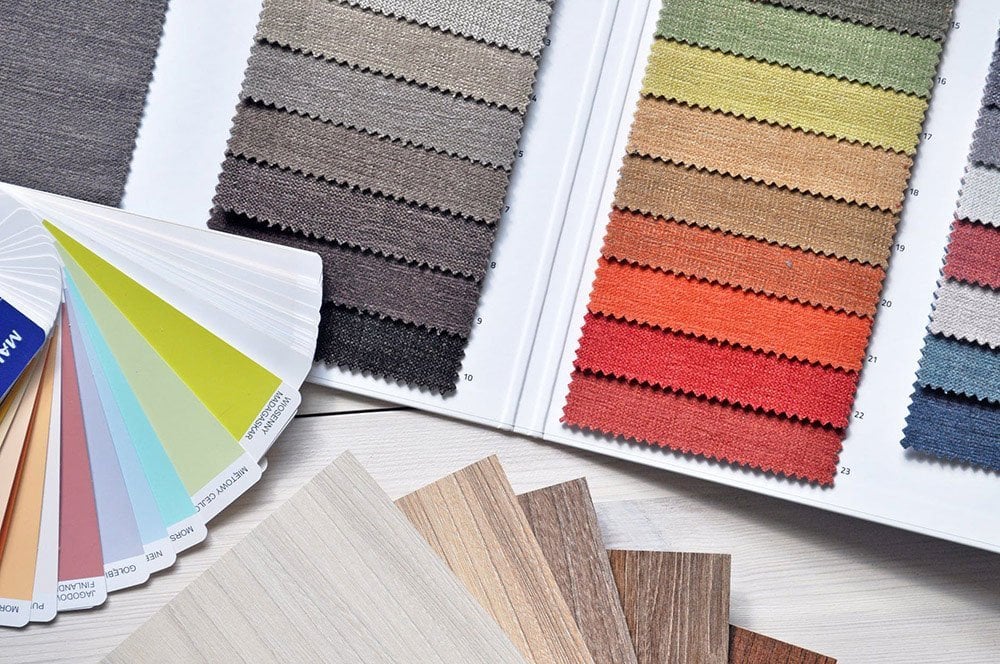 A myriad of colours and materials in various catalogs
A myriad of colours and materials in various catalogs
Quality is considered to be the measurable standard of the applicability and aesthetic of the material. During the handicraft period, production was restricted to small series where each item was made with delicate control and sensitivity of the hand. The tiny mistakes made by artisans in their creations prove that an architectural piece has come into direct contact with a man. This level of detail can no longer be replicated in industrial products. Each object, regardless of how impressive their workmanship may be, simply does not possess the same sensitivity that comes with human contact. Series production will only have real value when the material takes on the corresponding form of natural materials with their purport still intact. Sadly, trueness to the content is no longer perceptible in the present day as it was at the time of manual production. Materials are continually evolving and leaving production factories in later and newer forms. Defining the trueness and quality of the content at any given level also requires time.
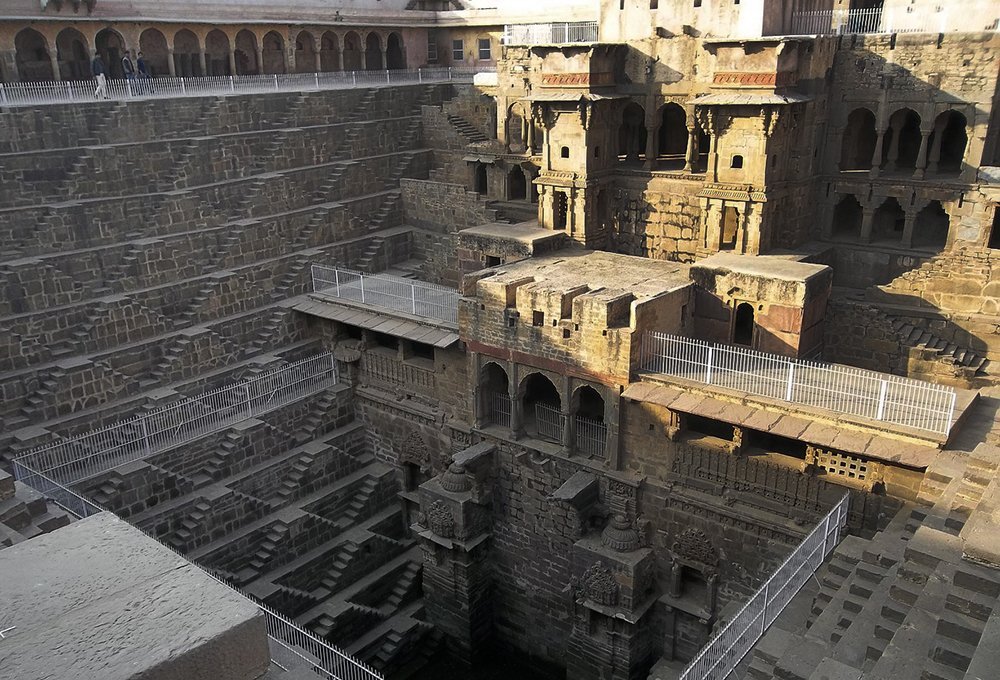 Chand Baori stepwell located in Rajasthan, India
Chand Baori stepwell located in Rajasthan, India
An architect creates designs utilizing the material and its forms of motion. The intrinsic properties of the article, such as its chemical and physical parameters are taken into consideration. The same goes for technical and optical aspects. Architects and building engineers gain a better understanding of the aesthetical values of the materials based on their knowledge of their fundamental properties. As with the principle of materiality, we can also adopt the economy of nature for the means that specific elements can only create specific shapes in given cases. For example, mankind has discerned that a stone will always topple over when it is held up on its narrow end based on the encounters in his everyday life.
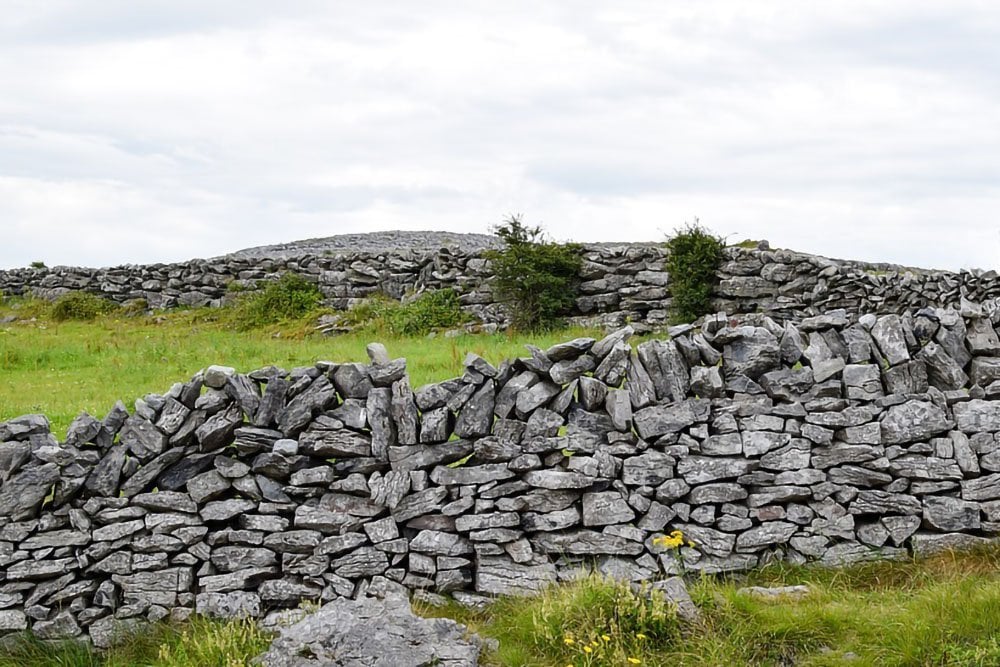 Small walls consisting of stacked rocks
Small walls consisting of stacked rocks
He then accepts this as regularity and applies this notion by creating primitive structures with stones placed on their wider ends. This analogy lends itself to the desired practicality and harmony of the resulting product. Only work created with an eye on the rules governing each material can be considered a creation faithful to the content. A material likewise only fits into the entity of work when its fundamental properties comply with the demands set to it. It transforms into an intellectual bearer of aesthetic values when it evokes the idea of rules in our consciousness.
An architect ought to possess extensive knowledge of the material. Practical experience, coupled with a theoretical understanding of the article is vital. It is not through sheer luck that the natural beauty of the content is revealed through architecture. Natural wood, textiles, concrete, brick, stone, ceramics, fire clay, and pure aluminum, are used in both indoor and outdoor. It is easy to assume that they have always existed in this form and color which cannot be further from the truth. For architects to make the most of the natural appearance of these materials, it is integral for them to abide by the principle of materiality. Architects can utilize their fundamental qualities to bring out its aesthetical properties, which are otherwise hidden in the internal structure of the material.
